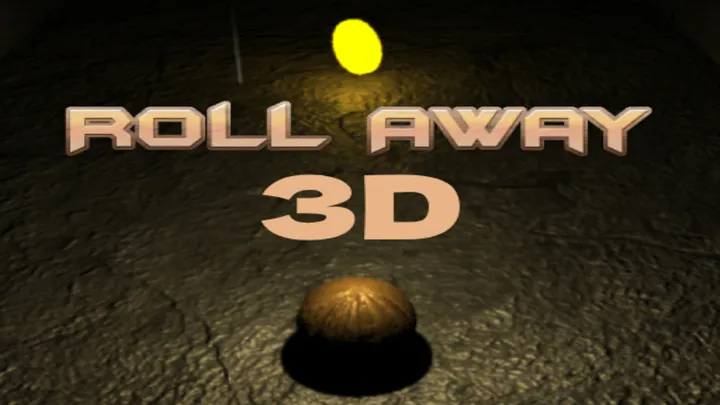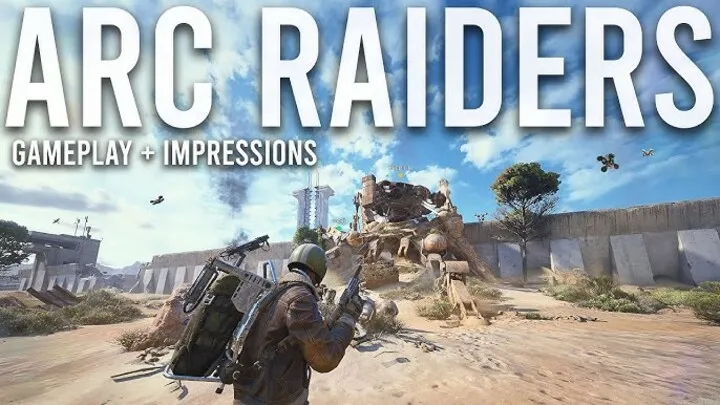Raise Animals is more than a cute creature simulator. Underneath its simple visual style is a complex ecosystem engine where animal behavior, environment stability, and species synergy determine everything from happiness to rare mutations.
This guide focuses deeply on one advanced topic: how to build, manage, and perfect habitats in Raise Animals. With 10 detailed sections including strategic tips and “how to” steps, you'll learn how to create a thriving ecosystem that supports growth, harmony, and rare species evolution.
Understanding the Core Habitat System

Before creating advanced habitats, you must understand how the internal environment system works. The game tracks several invisible metrics that influence each animal’s health and attitude:
- Comfort Level
- Stimulation Level
- Stress Level
The habitat system updates every 30 seconds, meaning the ecosystem constantly adjusts to your layout and decisions.
Perfect habitat design begins with balancing comfort, stimulation, and low stress.
Choosing the Right Habitat Biome
Every animal has biome preferences. Placing them in the wrong biome tanks their happiness and slows their growth.
Biomes include:
- Grassland: balanced and ideal for beginners
- Forest: dense, shaded, great for shy animals
- Desert: rapid breeding but low durability
- Wetlands: critical for amphibians or aquatic hybrids
- Tundra: best for cold-adapted creatures
- Volcanic: endgame biome for rare, heat-resistant animals
Choose biomes based on your species’ natural tendencies. Hybrid biomes (such as grassland with forest patches) improve comfort dramatically.
Designing Pathing and Territory Flow
Animals follow instinctive routes when moving between food, water, rest, and social zones. Poor pathing causes overcrowding, fights, and hunger.
How to build optimal territory flow:
- Keep feeding zones away from resting zones
- Create at least 3–5 paths from zone to zone
- Use natural barriers like rocks or ponds to split large groups
- Prevent predators and prey from sharing routes
Territory Segmentation
Divide your habitat into:
- Feeding Zone
- Water Zone
- Rest/Privacy Zone
- Social Zone
- Breeding Zone
Why Segmentation Works
Animals feel safer and more predictable with distinct activity areas, lowering stress and boosting growth.
Food Distribution and Nutritional Cycles
Food placement is a science in Raise Animals. Animals always move to the nearest food source, so clustering food creates dominance fights.

Strategies for optimal food distribution:
- Spread food in triangular layouts
- Keep rare food away from busy areas
- Use slow-regenerating food with apex animals
- Place fast-regenerating food where herds gather
Understanding Nutritional Cycles
Some animals eat more at night, some before breeding, and some only in season. Watching these cycles prevents shortages and promotes stable health.
Mastering Social Dynamics
Social behavior is one of the deepest mechanics in Raise Animals. Each species falls into a social category:
- Solitary
- Pair bonding
- Herding
- Colony builders
How to manage compatibility:
- Never mix multiple territorial species
- Use scent markers or fences for separation
- Introduce new animals at night to reduce conflict
- Create neutral interaction areas for semi-social species
Social harmony is essential for long-term growth, especially for breeding rare variants.
Breeding Optimization and Rare Species Unlocking
Rare species and mutations only appear when your ecosystem is stable and animals feel secure.

Breeding requirements include:
- High comfort
- Low stress
- Clean environment
- Predictable food cycles
- Seasonal alignment
Rare Mutations
Some mutations are triggered by:
- Temperature changes
- High stimulation environments
- Perfect diet rotation
- Species proximity
Creating a Breeding Sanctuary
Build a sanctuary using:
- Enrichment toys
- Shaded corners
- Soft ground
- Private areas
These features increase rare breeding chances significantly.
Weather and Environmental Conditions
Weather plays a major role in behavior and growth. It influences everything from breeding to hunger.
Weather impact examples:
- Rain: increases food growth but lowers social behavior
- Heatwaves: increase thirst and reduce breeding
- Snow: slows movement and increases energy usage
- Fog: reduces predator detection
Use shelters, heaters, and mist zones to counter extreme weather.
Enrichment and Stimulation
Animals need enrichment to stay mentally healthy. Boredom lowers breeding chances and raises stress.
Types of enrichment:
- Interactive (balls, chew toys)
- Environmental (trees, cliffs, ponds)
- Social (mirrors, scent trails)
- Nutritional (berries, insects, herbs)
Rotate enrichment weekly so animals don’t get bored. Put enrichment along pathways to encourage exploration.
Predator and Prey Balance
If your habitat contains predators, you must balance the population carefully.

How to maintain balance:
- Use controlled prey zones
- Add escape routes
- Avoid letting predators roam the entire map
- Time feeding to reduce unnecessary hunting
Preventing Ecosystem Collapse
If predators overhunt, prey numbers crash and predators start roaming into other zones. Monitor population every few days to prevent collapse.
Long-Term Ecosystem Management
A good habitat isn’t built instantly—it evolves. Long-term management includes:
- Seasonal species rotation
- Letting certain zones “rest”
- Weekly population monitoring
- Removing overly aggressive animals
- Introducing new species to refresh balance
Over time, your ecosystem becomes self-regulating, requiring minimal intervention.
Conclusion
Raise Animals becomes truly rewarding when you master habitat design and ecosystem balance. By understanding biomes, social behavior, weather cycles, and breeding strategies, you can transform your environment into a thriving world where every species grows naturally—and rare variants appear regularly.
Building the perfect ecosystem isn’t about controlling everything. It’s about understanding how each piece connects and guiding your animals toward peaceful, sustainable growth.

















